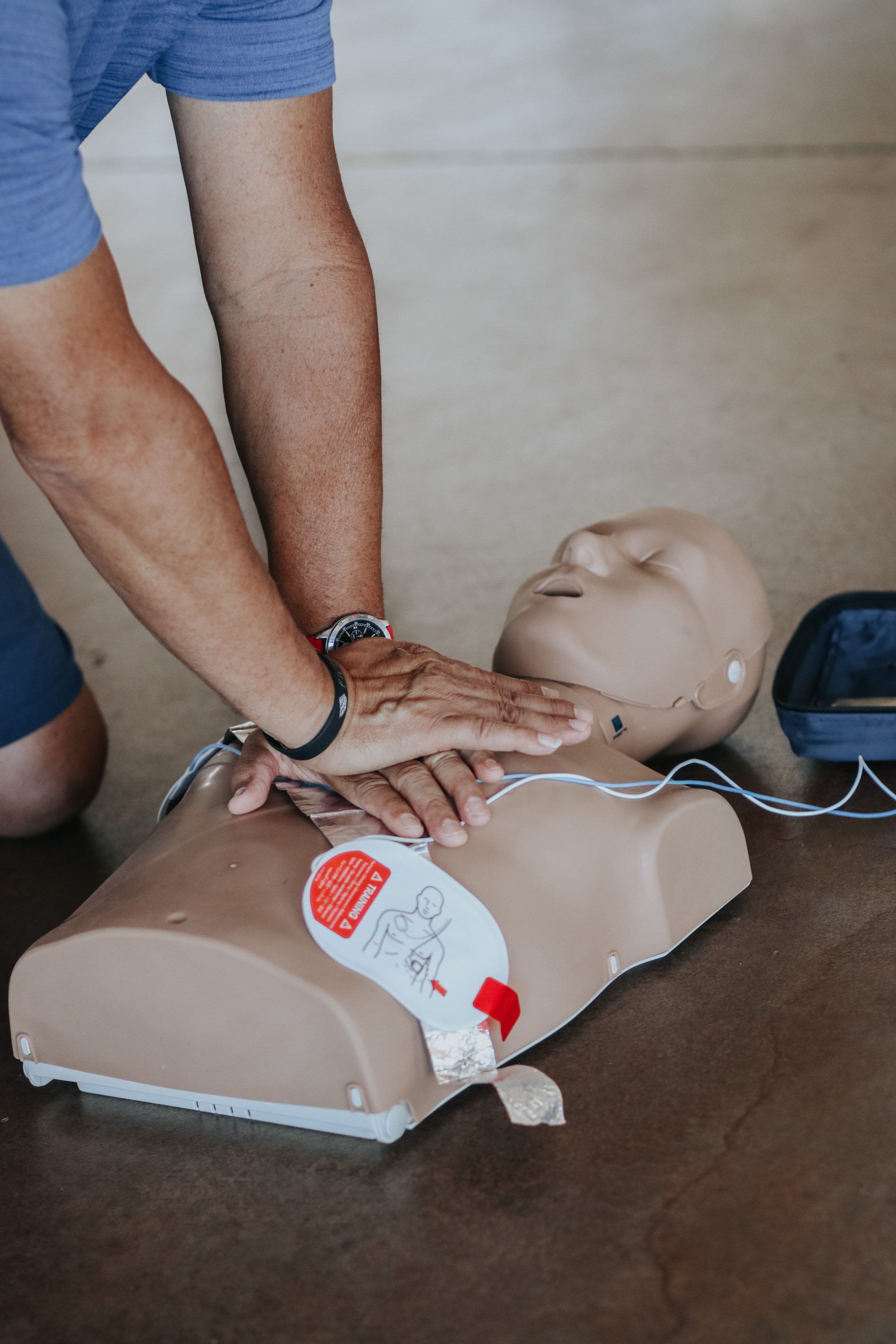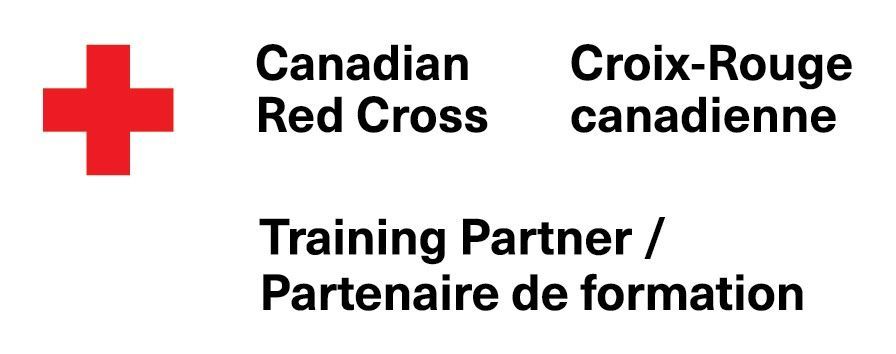How to Make a Lasting Impact as a Professional Responder: Strategies for Success
How to Make a Lasting Impact as a Professional Responder: Strategies for Success
In a fast-paced world that demands quick responses and decisive actions, being a professional responder is no easy feat. Whether you're in the emergency services, customer support, or any profession where timely and effective responses are key, making a lasting impact is essential. So, how can you stand out from the crowd and excel in your role as a professional responder?
In this article, we will explore strategies for success that will help you leave a lasting impression in your field. From developing exceptional communication skills to mastering crisis management techniques, we will provide you with actionable tips to enhance your performance and make a real difference. Being a professional responder is more than just reacting to situations; it's about finding innovative solutions, empathizing with those in need, and delivering results. Through this article, we will equip you with the tools you need to handle any situation with confidence and composure. We'll also delve into the importance of teamwork, self-care, and continuous improvement to ensure a lasting impact throughout your professional journey. Join us as we uncover the secrets to becoming an indispensable professional responder and making a difference in your field. Get ready to transform your career and leave a lasting impression.
The role of a professional responder
As a professional responder, your role is vital in ensuring the safety and well-being of individuals in various situations. Whether you're a firefighter, paramedic, police officer, or customer support representative, your ability to respond promptly and effectively can make a significant difference in someone's life. It's not just about being reactive; it's about being proactive and ready to face any challenge that comes your way. To excel in your role, it's crucial to understand the unique responsibilities that come with being a professional responder. This includes staying calm under pressure, making quick decisions, and effectively communicating with those in need. It's about being a problem-solver, a leader, and a source of comfort in times of crisis.
Why making a lasting impact is important
Making a lasting impact as a professional responder goes beyond simply completing your tasks. It's about creating a positive change and leaving a lasting impression on the people you interact with. When you make a difference in someone's life, it not only benefits them but also gives you a sense of fulfillment and purpose. By making a lasting impact, you build trust and credibility within your community or organization. Your reputation as a reliable and compassionate professional responder will precede you, opening doors for new opportunities and collaborations. Additionally, your actions can inspire others to follow in your footsteps, creating a ripple effect of positive change.
Key qualities of a successful professional responder
To make a lasting impact, it's essential to cultivate certain qualities that set you apart from the rest. These qualities not only enhance your effectiveness as a professional responder but also contribute to building strong relationships with those you serve. Here are some key qualities to focus on:
- Empathy: Being able to understand and relate to the emotions and experiences of others is crucial in providing the support they need. Empathy allows you to connect on a deeper level, ensuring that your responses are not only timely but also considerate of their feelings.
- Adaptability: As a professional responder, you will encounter a wide range of situations, each requiring a different approach. Being adaptable allows you to think on your feet, adjust your strategies accordingly, and find innovative solutions to challenges that arise.
- Resilience: The work of a professional responder can be physically and emotionally demanding. Developing resilience will help you bounce back from setbacks, cope with stress, and maintain a positive mindset even in challenging circumstances.
- Problem-solving skills: Effective problem-solving is a fundamental aspect of being a professional responder. It involves analyzing situations, identifying the root cause of problems, and implementing appropriate solutions in a timely manner.
- Leadership: Leadership skills are essential for professional responders, as they often find themselves in positions of authority and responsibility. Being able to lead by example, delegate tasks, and inspire others will contribute to your overall effectiveness as a responder.
By focusing on developing these qualities, you can enhance your performance as a professional responder and make a lasting impact in your field.
Conclusion: Making a lasting impact as a professional responder
Being a professional responder is a challenging yet rewarding journey. By implementing the strategies outlined in this article, you can make a lasting impact in your field and transform the lives of those you respond to. From developing exceptional communication skills to prioritizing self-care and continuous learning, every action you take contributes to creating positive change.
Remember, being a professional responder is not just about reacting to situations; it's about finding innovative solutions, empathizing with those in need, and delivering results. By embracing these qualities and strategies, you can stand out from the crowd and become an indispensable professional responder. Now it's your turn to take these insights and put them into practice. Start making a lasting impact today and leave a positive impression that will shape your professional journey for years to come.







